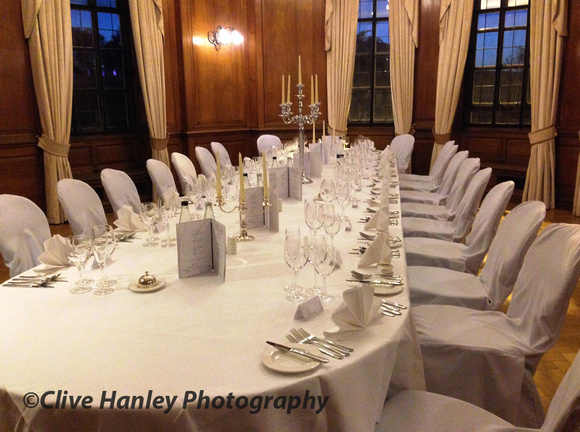Those viewers of my blog who may have seen Michael Portillo's recent WW1 railway series will have seen him interviewing somebody in the wood pannelled board room of the former offices of The North Eastern Railway next door to this - The Chairman's Office.
Built in 1906 the offices have now been turned into Yorkshire's only 5* Hotel. The Cedar Court Grand Hotel.
One of the four great railway companies to emerge up during the Industrial Revolution, The North Eastern Railway (NER) was founded in 1854.
At that time, their railway route had a length of 720 miles stretching from Leeds to the Yorkshire Coast, and from York up through the North East up to Berwick. By the early 1900s it had increased to 1,750 miles and was worth £82 million.
The striking portraits of the Chairmen of the North Eastern Railway that now hang in the National Railway Museum are testament to the fact that they were true Captains of Industry. The Chairmen were some of the most important men of their day, among them: Sir Joseph Whitewell Pease; Sir Edward Grey - who left the position to become British Foreign Secretary; and Sir George Gibb and Viscount Ridley, both of whom have Grand function rooms named after them.
By the late 1800s the board of the North Eastern Railway decided it needed a headquarters that reflected its standing as one of the most powerful public companies in Britain. Its HQ was already in York, located within the upper floor of the original station (which has recently been converted into offices for City of York Council). NER acquired several plots opposite the station building and work on the new offices began in 1900.
The design was carried out jointly by William Bell, who produced the basic structural design, and Horace Field, who worked on the exterior embellishments and interior detail. Their design is believed to have won a silver medal at an exhibition in Paris in 1904.
It was decided that only the best materials should be used in the construction, despite the fact that the country was, at the time, in recession. The interior of the building is typified by high ceilings, tall windows, lofty arches and wide open corridors and spaces. These, in combination with the use of Belgian marble and creamy Huddlestone stone lend the building a very light, airy and spacious feel. The building is also unaffected by outside noise despite its city centre location, the original building having been installed with double-glazing to keep out the noise of the trams that used to run by it.
Splendid terrazzo with Roman mosaic margins was laid in the corridors, whilst patterned wood blocks were used in the offices.
The original building was intended as a place of business, but it was not designed to be purely functional. The building is vast and impressive but also characterised by wonderful detailing - such as the intricate wrought-iron balustrades, luscious garland ceiling plasterwork and skilfully carved stone flourishes - and elegant individual spaces like the oak-panelled boardrooms and the eye-catching octagonal central hall on the first floor landing. The building was topped by a weather vane - a representation of a North Eastern Railway Class 'S' 4-6-0.
The vast Board Room - measuring 51 feet by 28 feet - was to be the building's flagship space. It went on to house what was, at its time, the biggest board room table in Britain.
The building was completed in 1906 and to mark the opening a Conversazione was hosted by Alexander Butterworth, North Eastern's General Manager. Staircases and corridors were carpeted in crimson, while Herr Iff's orchestra from London played at the top of the main staircase.
Cedar Court Hotels bought the former headquarters of The North Eastern Railway in 2007, and set out to create York’s first five star hotel. Great pains were taken to maintain and restore the hotel’s original features and details; as such, the building, though modernised for maximum comfort, retains much of its period charm.
The Spa at The Grand is located in what were once the vaults where The North Eastern Railway stored its millions, and the great iron doors that guarded them have – like so many of the building’s original details – been retained. The Spa has a distinct Roman feel, in keeping with the city, and a number of Roman artefacts were found beneath it when it was excavated.
Now that the Grand is completed it won't be the first time that the site has been the location of a hotel. In 1861 the York Post Office Directory advertised 'Halliwell's North Eastern Hotel' at the same address. It announces a 'First Class Hotel, near the Minster and Museum, with excellent stabling' - similar, then, in most respects at least, to The Grand.
http://www.cedarcourtgrand.co.uk/getattachment/Home/History-at-The-Grand/CCGRAND-HISTORY-BOOKLET_WEB_LORES.pdf.aspx


